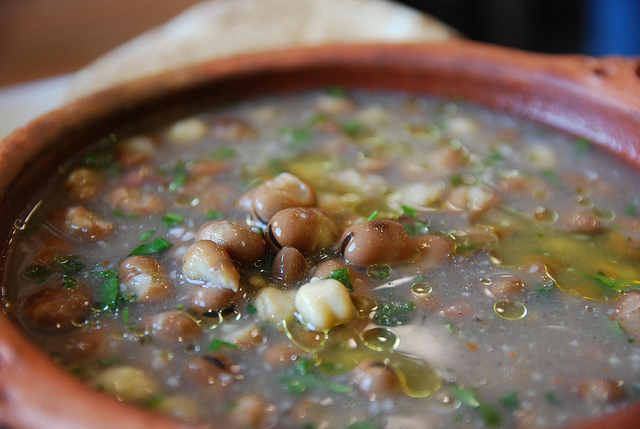But what is it?
Whoever spends the vacations in Peschici and on the Gargano comes upon in the paposcia, one of the gastronomic specialty of our territory, paposcia is exclusive of our area. It’n not a pizza or calzone, ancient food of farmers, the paposcia’s origing are contended, Vico del Gargano has attributed him the mark DOP, doesn’t care who has invented the paposcia, main point is that it’s good!
Ingredients: To cook them we use flour type 00, water, salt, olive oil, an essential component to cook in the preparation is te “cresenza” (natural yeast). The cooking is “al mattone” (with firewood oven) for 4 minutes.
texts by nelmese.it
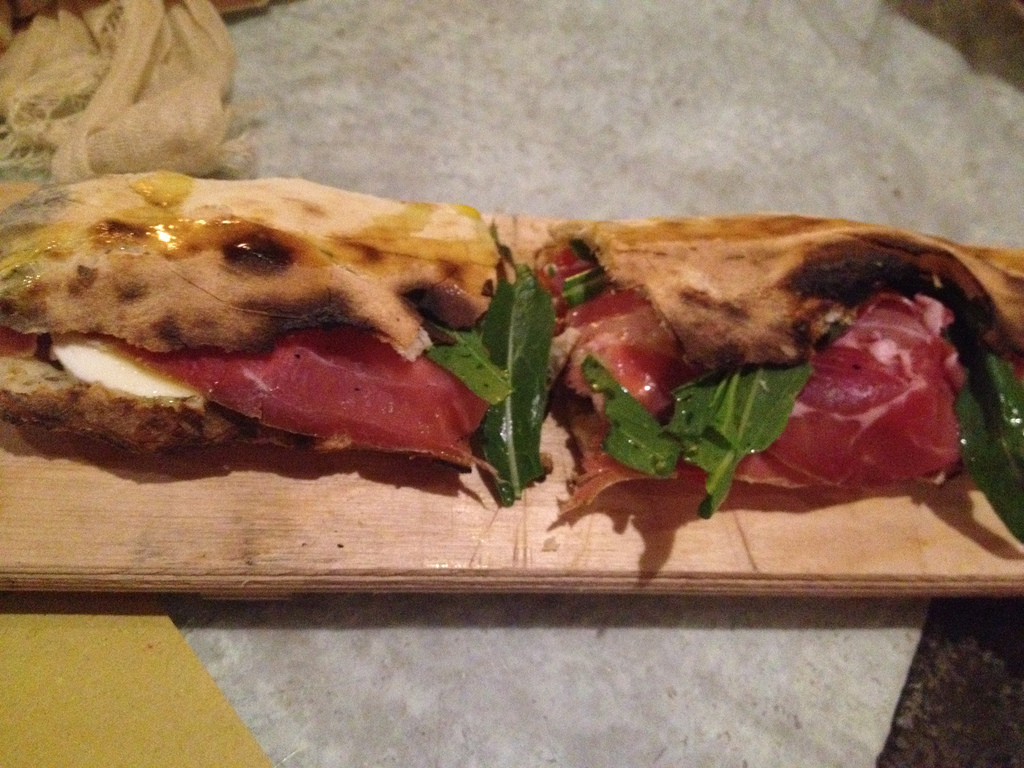
Good to eat
The “FITOALIMURGIA“, ancient part of the botany, is commutted to finding botanical species to eat, a flora known like wild erbs eduli (alimurguche herbs) that can be found here in Puglia, paces that have even today a rich tradition of “herbs eater“. Guardian, a community historically scarred by farm workers “with no land”, forced to the harvesting of wild products but “inventors” of the typical culinary art of the Puglia.
Even now in the markets of Vico del Gargano, Sannicardo or Foggia is possible find the “terrazzani”, farmer of plants of countryside. Rich of antioxidants and vitamins, today this herbs are revalued, reused for the tipical specialities. Of the 133 species found in the Gargano, 20 are endemic of the forest and are used mainly for the preparation of the paccotto, the typical meal of the shepherd of the Gargano: to enrich the boiled bread and seasoned with oil was added a salad made with this herbs. But even to season the classical orange salad as in the case of “fioi di succialmele” (wildflowers with a sweet stem).
There is the “stracciabraghe“, called in this way because its torns tore the suits. But even the asparagus “del pungitopo”, the “terebinto”, the “succialmele”, the “mareciuolo” and the more famous borragine. The commestible herbs of Foresta Umbra are innumerable: knew her well the communities of this place, that still in the ‘800 experimented, because of the extreme poverty, their use in the kitchen.
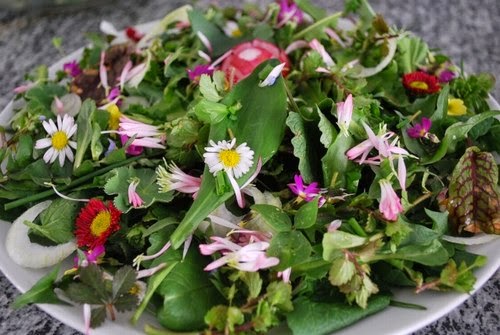
Oranges and lemons of the Gargano
“On the adriatic coast there is not only the citrus fruit, with an only exception for Gargano”. Once was exported all over the world: oranges, lemons ad melangoli. In 1870, extended 804 hectares cultivated with citrus fruit that produced around 150 thousad quintals every year. The “gardens”, costitute even now a unique landscape: are realized almost always near main houses and are protected from the winds by low walls.
The citrus plantations of Gargano represent the cultural identity of entire countries. Rodi is still the country of the lemons, Vico e Ischitella are still the countries of the oranges. The citrus fruits here mature the whole year, in April-June the blonde oranges. With this fuits we prepare jams, candies and extracts of lemons and mandarins.
Citrus Fruits of Gargano Slow Food
Text by fondazioneslowfood.it
2-3 May “Sagra delle Arance 2015” in Rodi Garganico
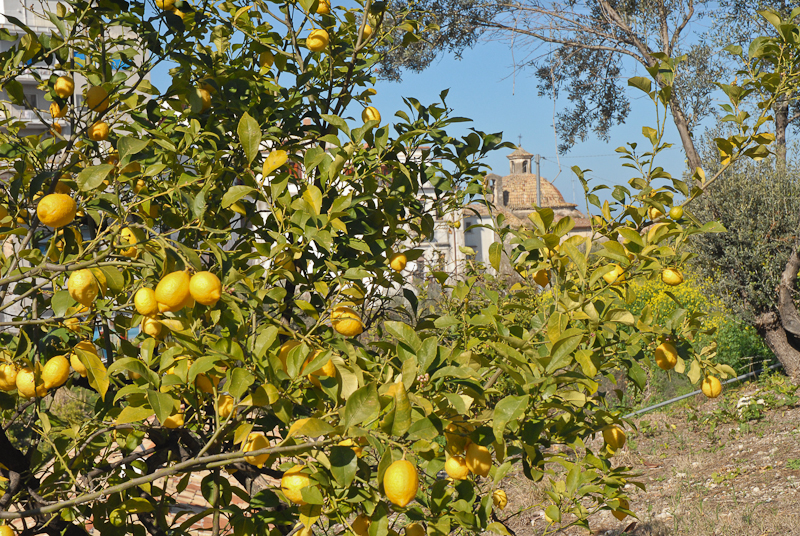
The podolico of the Gargano
“A herd of cows (Podoliche) to the pasture on the Gargano is an unforgettable show”. The podoliche cows produce little milk and only in some periods of the year, with wich produce exeptional cheese, the most important is the Caciocavallo podolico.
This race, once dominant in the italian territory, is by now confined in the southern areas. The Caciocavallo Podolico is a noble cheese, it’s not used in kitchen, but only on the table.
It’s easy to be made grow old, and only after many months it purchases particular characteristics: perfume of grass, bitter flowers, vanilla, and spices that make it one of the most aromatic cheese of our country.
Text by da fondazioneslowfood.it
Photo by www.scattidigusto.it
Slow Food
Parco Nazionale del Gargano
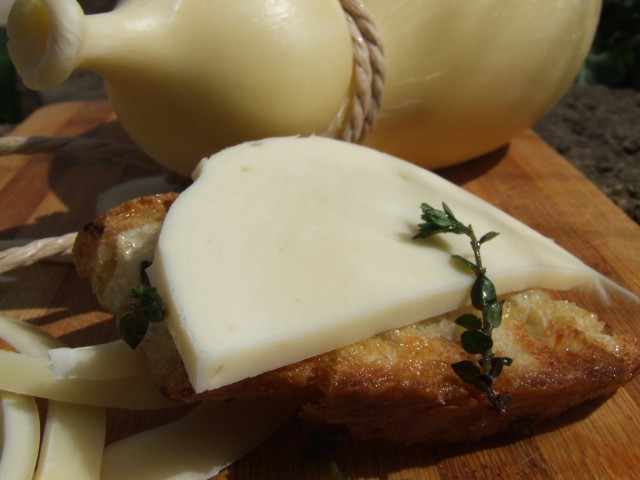
In salt or under vinegar
Have you ever seen wonderful white flowers similar to orcids hung to the walls? On the Gargano often happens of see this, caper’s flowers. The caper is a plant wiht a aromatic and medicinal properties. The aromatic properties are contained in the buds of the flower. Used in kitchen from thousands of years, preserved in salt or under vinegar. Capers are used for aromatizing meat, fish or pasta.
Curiosity: the doctor greek Dioscordie, spoke of the capers in hes opera “De Materia Medica”, where described the capers like a diuretic food and excellent against toothache. Capers contains “quercetina”, a substance antioxidant.
Texts by Parco Nazionale del Gargano
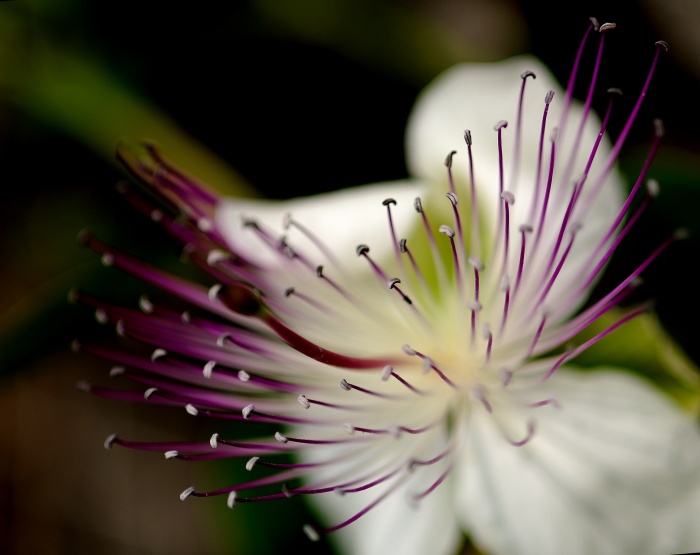
300 variety of wheat
With 300 variety of wheat, Apulia is the italian area where the production of wheat is more diversified. We have therefore many types of bread, made mainly with durum wheat. The Garganico bread is mor famous of the bread of Monte Sant’Angelo: it deal with very great forms that in some bakeries are suspended out of the store.
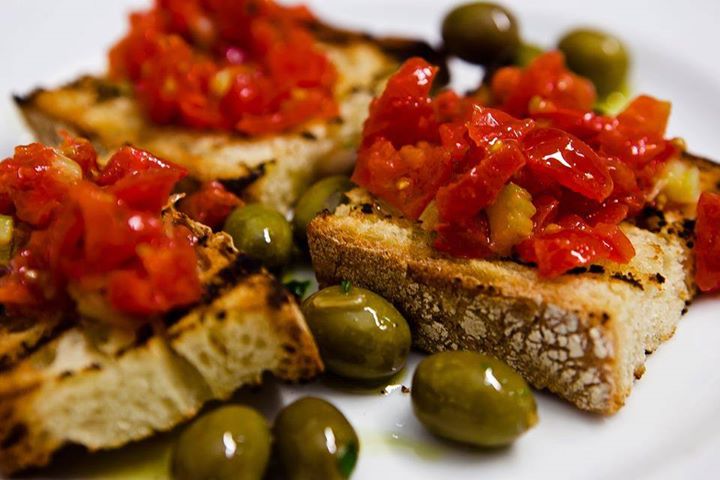
Slow Food
Small sizes and a dimple at the bottom, the bean of Carpino is green in the moment of the harvesting and, with the time, become white. Soft and tasty, it’s cooked in terracotta pots. It’s harvested in June and July and dried.
Production area
Municipality of Carpino (Foggia)
Parco Nazionale del Gargano
